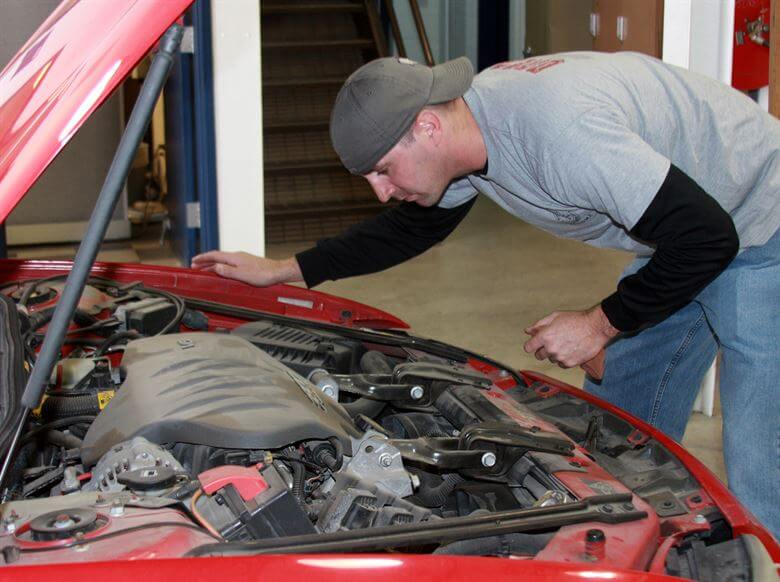
Now a days, car is not only a need but also a symbol of your personality. No doubt, a well-maintained car ensures fascination. In order to keep its attractive look for a long time, maintenance is necessary.
It would make your car hold its value, and also assist to keep it safe and durable. Regular car maintenance encompasses a wide variety of tasks that might not be possible to do at home.
Be that as it may, by knowing what needs to be done to maintain your car, you can be well prepared to converse to your area service centre about fixing the problems that your car needs.
Let’s go through some of the fundamental things you should be doing to make sure your car stays in tip top condition.
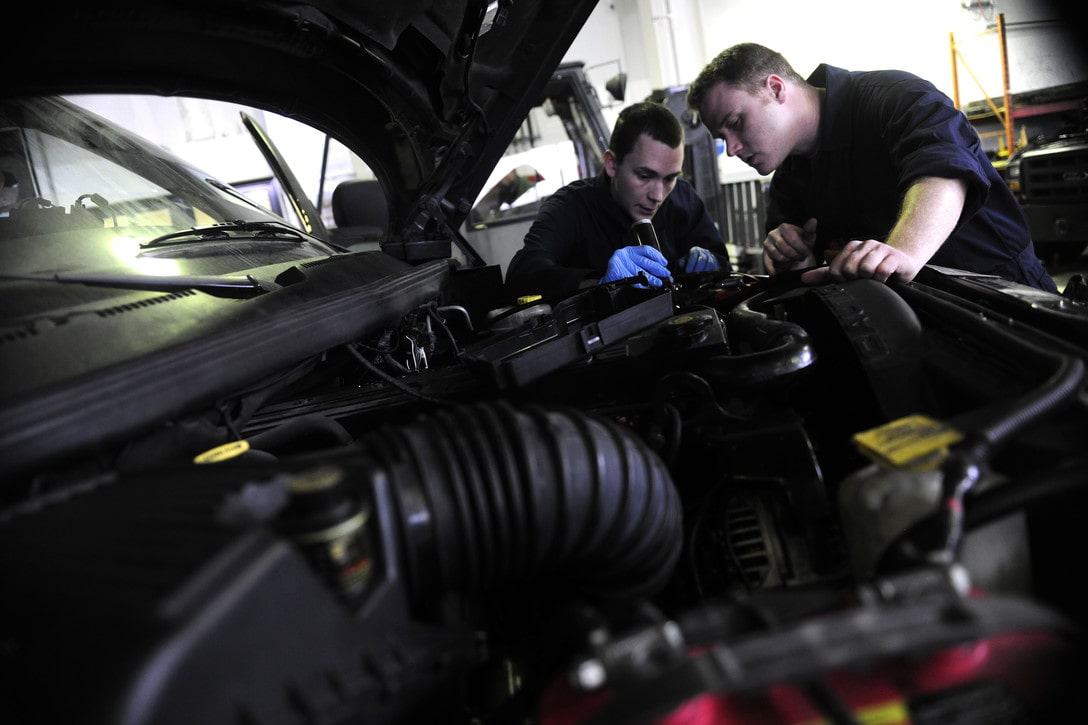
Inspect your car on daily basis
Your car is actually your responsibility, that being the case, you are required to perform the inspection yourself. This is just the modest process of evaluating the various elements and parts of your car, in order to know what you need to do next.
If the requisite action can be done by you, then you’re doing basic car maintenance. If it involves some advanced kits or even extra pair of hands, then maybe bringing it to your trusted garage will help.
Every car has owner’s manual which can give you random idea of what to look for. This way, if something seem to be inappropriate, then you can take note of this and better guide the mechanic.
In fact, stabbing your nose around your car will considerably improve your understanding of the different parts that make it such an amazing system.

Scale the engine oil levels
Checking your car’s engine oil level is also essential part of car maintenance. It’s quite simple, actually. Just pinpoint where the oil dipstick is, pull it out, and gauge the oil.
Before measuring the oil level, make it sure that your car is parked on flat surface. Pull out the oil dipstick and clean it first with a cloth. This assists to remove oil that may vague the level pointers on the dipstick, making it quite problematic to check exactly.
After it, again insert the dipstick all the way in and take it out. Now, you would able to see accurately where the level of the oil is. The dipstick has pointers near the tip.
There can be two cuts or even dots marked by a F and an E. In some cars the part between these two marks are also shaded for easier valuation. Make sure that your oil level is within these two points or ideally at the highest marked point.
Not maintaining regularly means it can fail any time and replacing a car engine can cost up to thousands.
Also, it is important to consider the colour of the oil. It must not be really black.
Engine oil is generally yellowish-brown. Dark coloured oil signifies the existence of impurities, extreme heat, the addition of chemical additives or worst, muck.
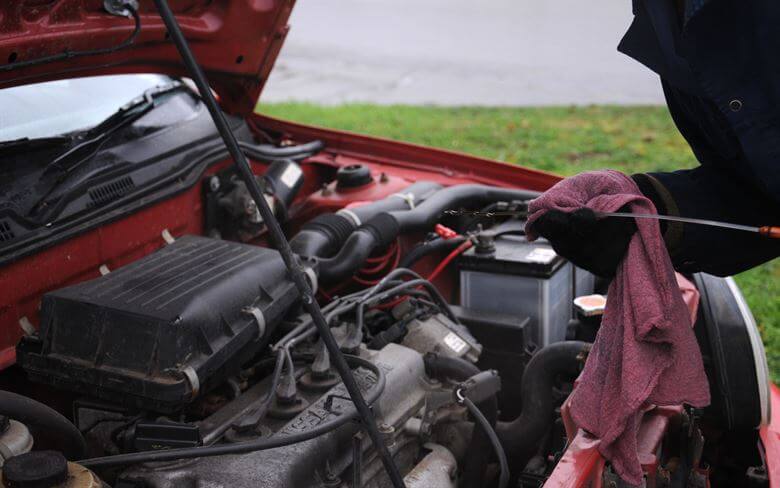
Find out the meaning of warning light indicators
Contemporary cars have modern sensors and alert systems that warn you that somewhat is wrong with your car. Even with great care and maintenance, there is chance that you won’t be able to cover all of them.
That’s why, you have to find out the meaning of warning light indicators that blink on your instrument panel. They may include check engine light, service engine light, brake warning indicator, ABS fault light, and electrical fault light.
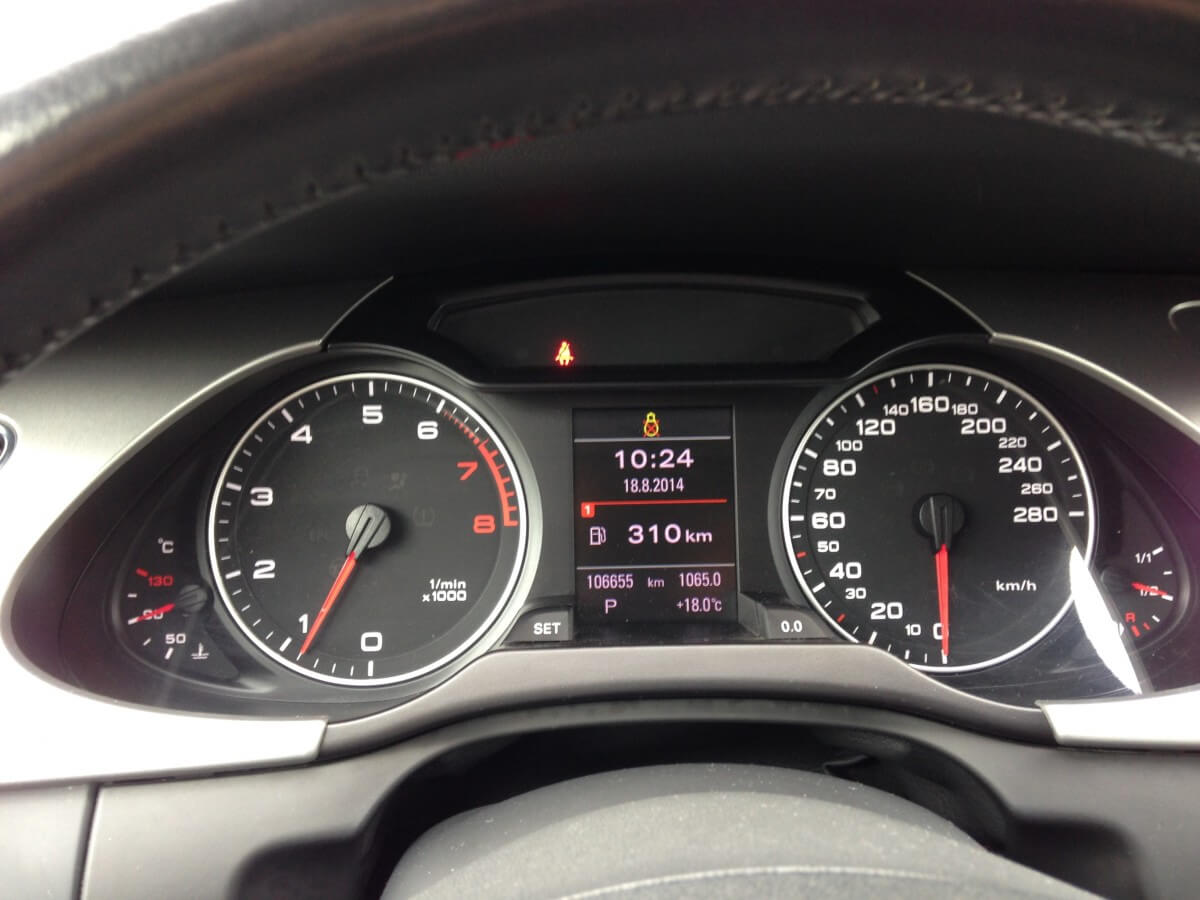
Check out pressures of tires
One of the significant things that effect fuel economy is tire pressure. It also disturbs comfort and handling. Your owner’s manual include endorsed tire pressure for your car.
There are also easy tools you can use to check the tire pressure. Preferably, this must be carried out on a weekly basis, even if making it part of your daily routine is great. Some cars have tire pressure checking systems fitted from the factory.
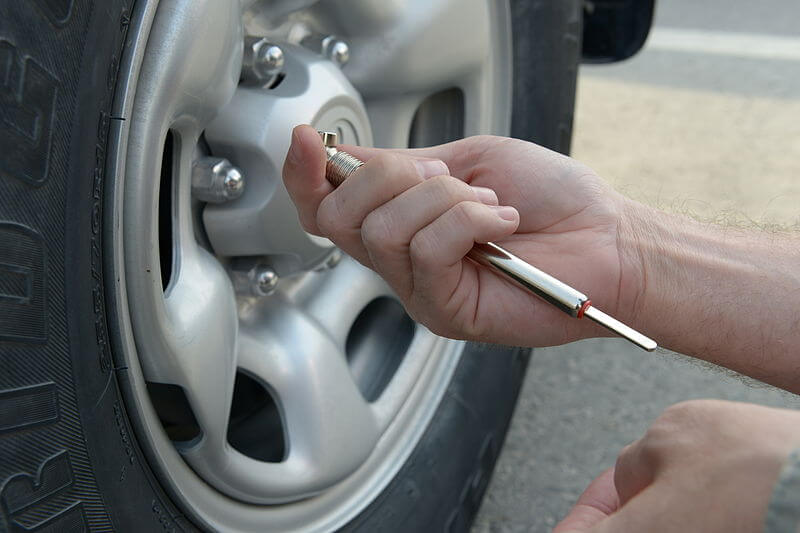
Get the alignment checked
Wheel balancing and alignment are vital features of basic car maintenance since these can play a significant part in your car’s proficiency and handling.
It is, therefore, critical to have your tires rotated, aligned, and balanced according to the mileage that is shown in your owner’s manual. The rule of thumb is to have it rotated after 8,000 km.
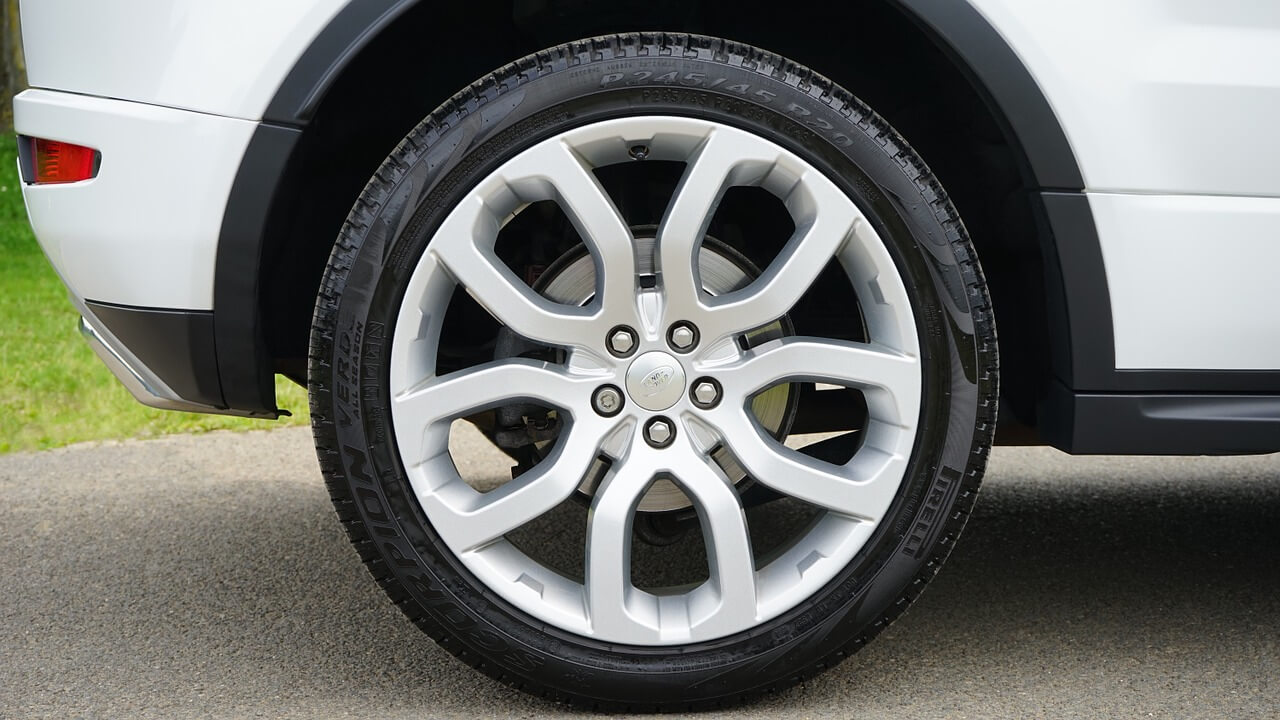
Remove the brake dust from your wheels
Although brake dust usually doesn’t seriously affect working of your brake system, but it might make your wheels hostile to look at.
Bear in mind, brake dust is just the growth of various types of materials that come from the brake rotor when you apply the brakes.
Iron covers about 90% of the dust. The remaining 10% might be carbon content, filth, muck, and other elements that, if left, will leave you with a brutally tainted wheel.
That being the case, it is very important to clean the dust off your wheels with a moist scrubber.
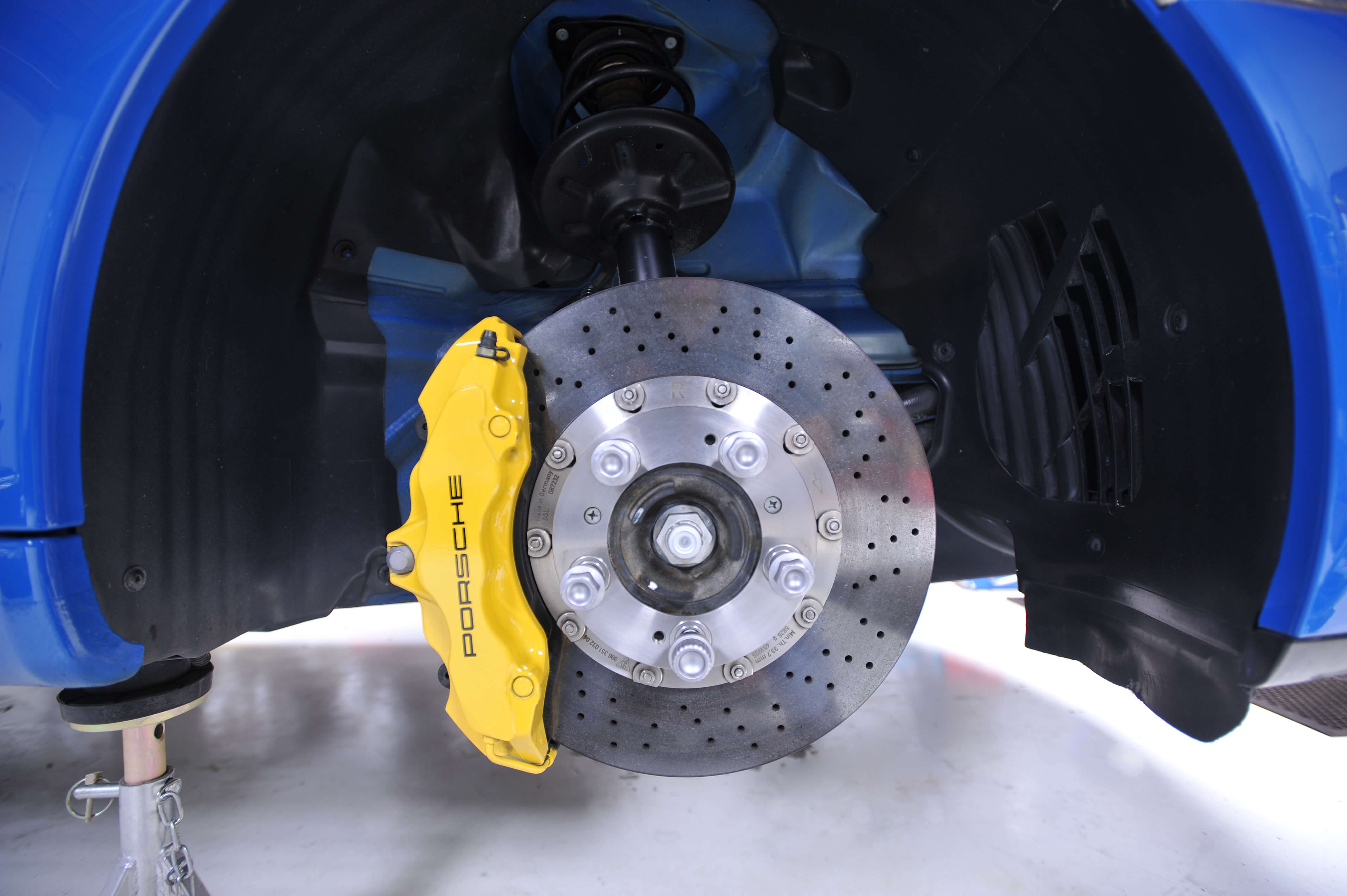
Look at engine coolant level
Coolant keeps your engine cooler as it gets heated due to functioning of parts. If there’s no coolant in the reservoir (radiator) or it is below the indicated level, then heat from the engine won’t get blown into the environment.
This results in engine overheating. So, don’t forget to check your engine coolant levels even before you start driving.
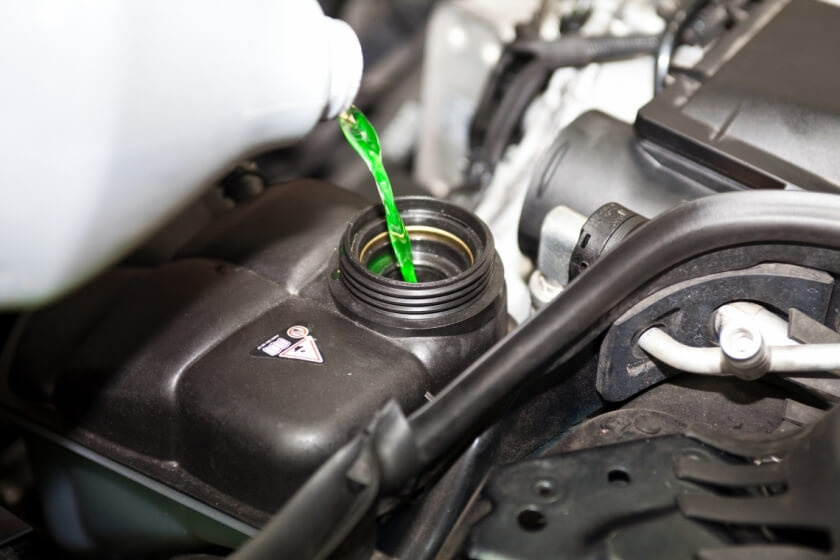
Note down the fuel economy of your car
The engine performance is dependent on various things along with these lines there are various factors that demand some technical competence to evaluate but there is a thing you yourself can assess and that is fuel economy of your car.
You just need to note down the mileage of your car once you get the tank filled from a petrol station. it is quite evident that a proficient running engine will consume less fuel then a faulty engine.
Checking the fuel economy will actually let you know about the performance of your car’s engine. That is why it is vital to be very careful of your odometer and your trip readings.
Certain gadgets and apps are also available which help you assess your up-to-date fuel mileage.
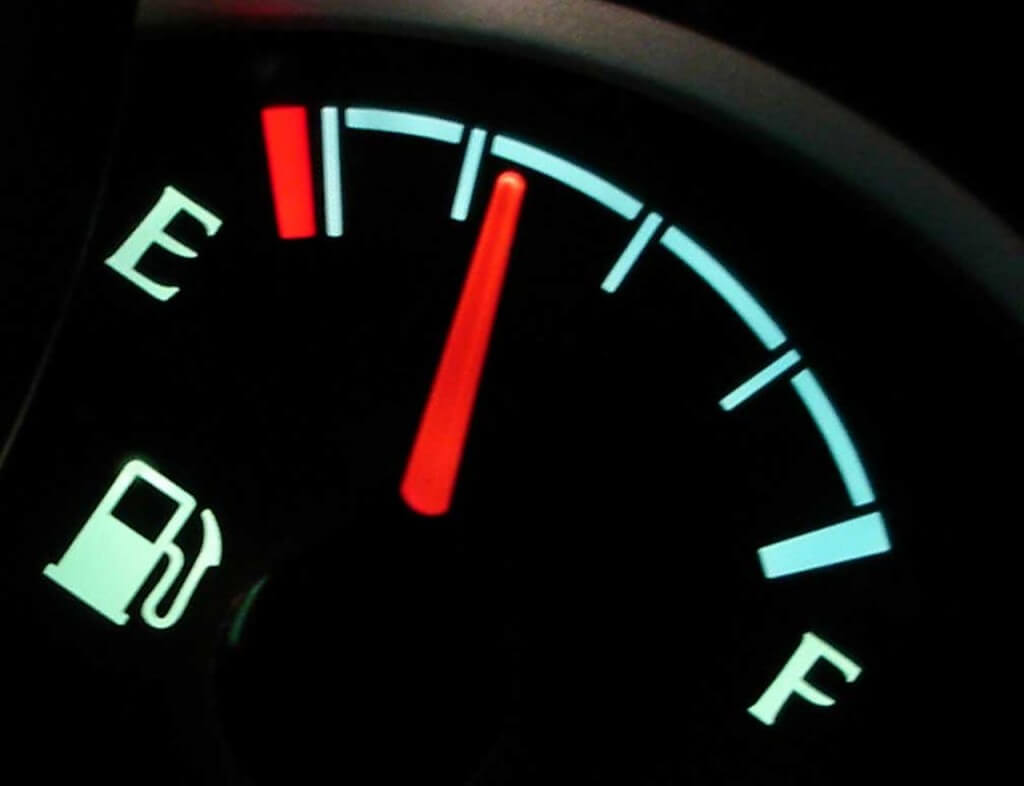
Change engine air filter after regular interval
The effective performance of your engine hinges on the tremendous mixture of air and fuel. That’s why, it is very important to verify that the air being drawn into your car’s engine must not contain any trash, dust, or any other pollutant that can effect active engine function.
For this reason, it is necessary to change the air filter after regular intervals in accordance with the recommendations of car manufacturer.
Be that as it my, it is better gain access to your air filter and thoroughly inspect its condition. If it is already very polluted yet it hasn’t met the mileage recommendation by the manufacturer, it’s fine to replace it immediately.
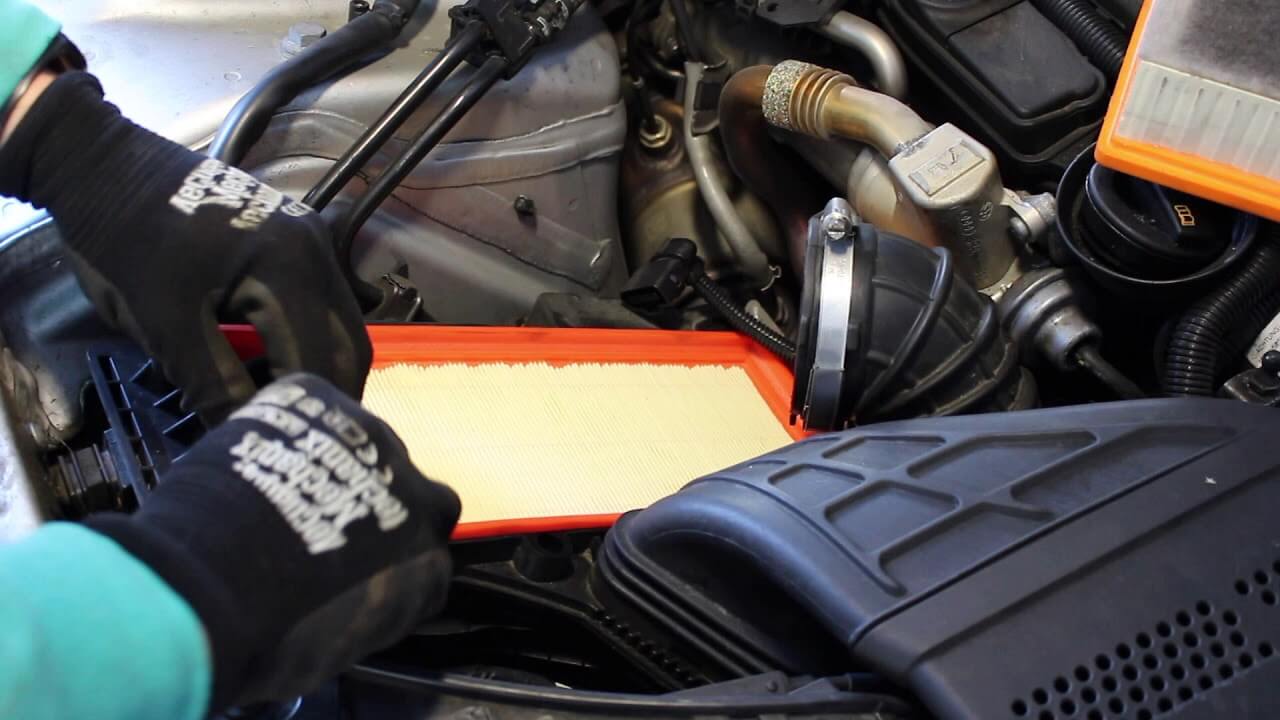
Replace spark plugs
If your car’s engine has a rather bumpy lay off or backfires from time to time, possibly you need to contemplate replacing your spark plugs.
Other indications of a faulty spark plug involve lack of acceleration, high fuel consumption, trouble starting, or even engine surging. If Possible, you should replace your spark plugs after every 50,000 kms if it is the normal copper type.
Replacing spark plugs is not a tough job. With the help of right kind of tools, you can get into these with the turn of only some bolts.
But, if you do not have such tools or simply are not confident about your proficiencies in the replacing of these plugs, then there is an option to having a professional do it for you.
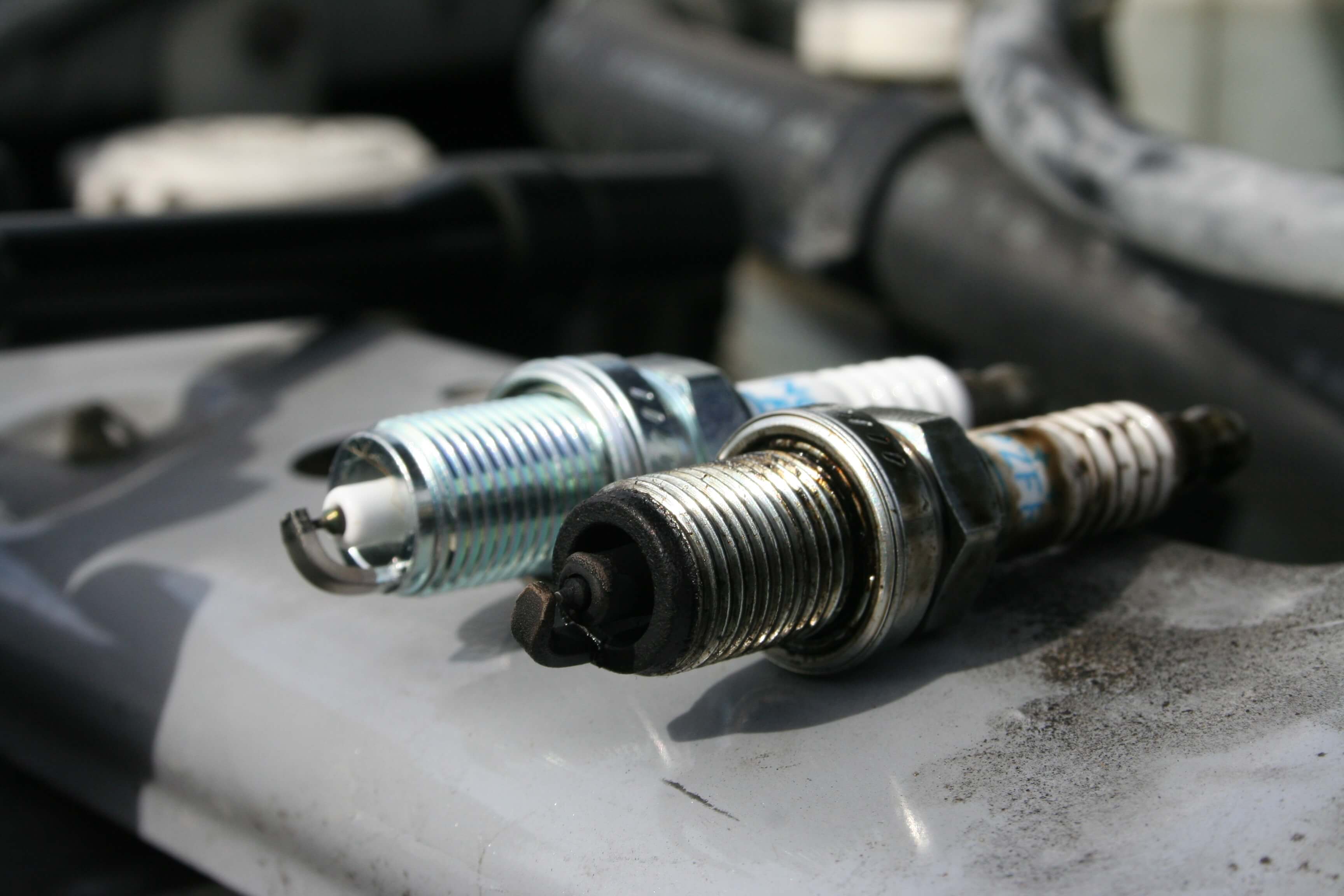
Change the Automatic-Transmission Fluid
Numerous models necessitate that you supplant the fluid and channel each 60,000 kilometres —sooner if the general pink fluid turns into a caramel tint.
With certain autos the fluid and, if valid, the channel can go 160,000 kilometres or more. With other late versions, the transmission fluid should never be changed. You can check owner’s manual for this piece of information as well.
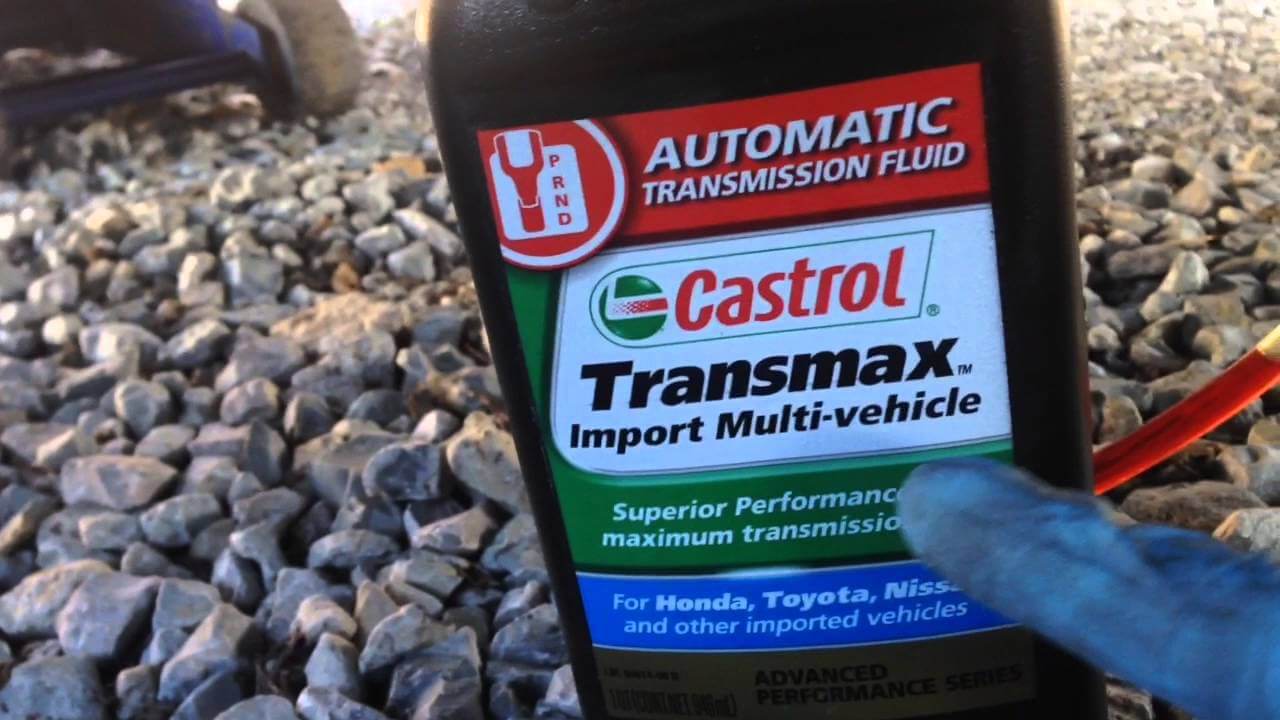
Replace the Drive Belts and Hoses
On the off chance, a belt gets uproarious, get it balanced. Check your belts for indications of splitting or propelled wear like rub marks.
At that point, check the belt’s strain to ensure it hasn’t loosened up. If you spot indications of damage or the belt needs more tension, replace it.
Add a breaker bar into the opening on the auto-tensioner pulley and turn it counter clockwise if your vehicle is outfitted with one, generally, release the 2 jolts holding the alternator on the section to ease the tension on the belt. Slide it off from all pulleys at that point and put the new one.
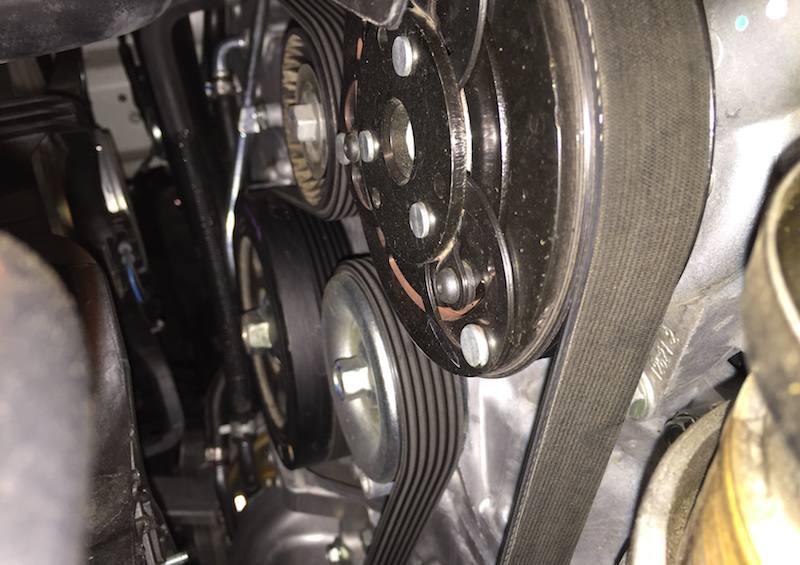
Change the Timing Belt
In the event that your vehicle has a belt rather than a chain, adhere to the maker’s prescribed replacement interim—generally every 100,000 to 150,000 kilometres.
Check the owner’s manual or counsel a supplier. Inability to change the timing belt can bring about very expensive engine repair if the belt gets broken.
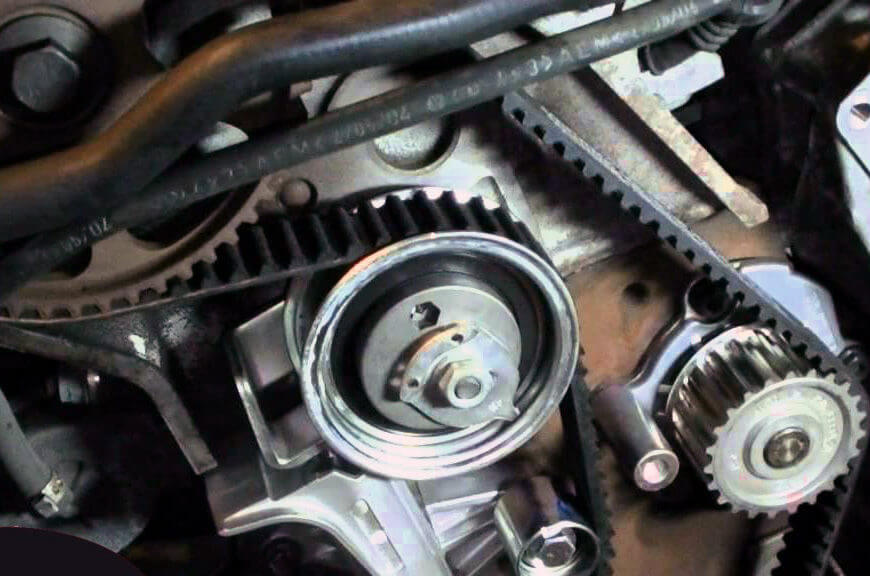
Last but not the least, do not operate any part of your vehicle if you have no knowledge about it. Doing so, it can cause you pay heavy amount. However, this guide will help you out in taking care of your car a lot. That’s a given!